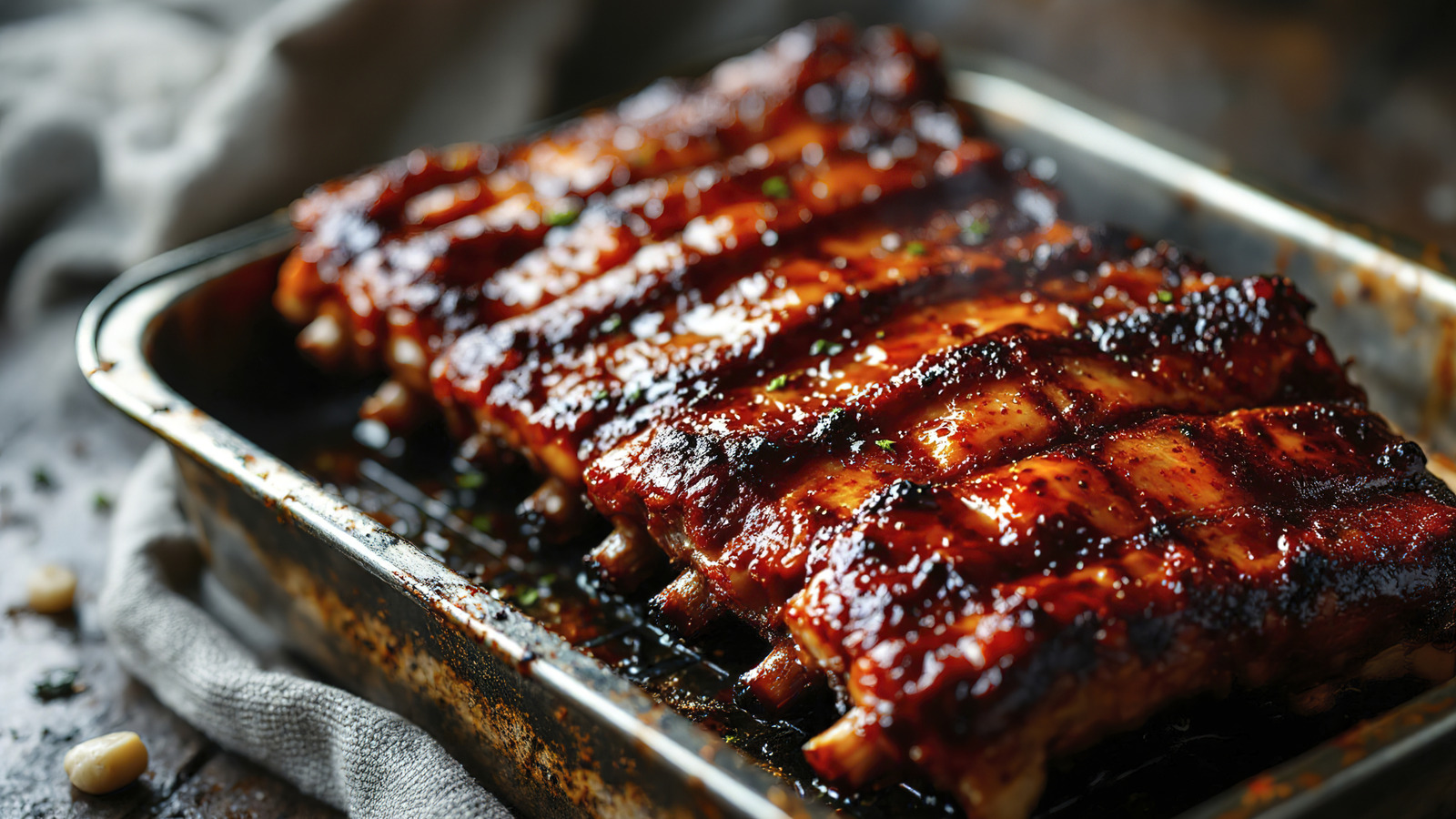
""Just because it is safe to eat doesn't mean it's good to eat at 145 degrees Fahrenheit," he explains. "Cuts that have a lot of connective tissue and/or fat and/or collagen are not good at 145 degrees Fahrenheit." Instead, Thomas offers two ranges to aim for, depending on your personal taste. "There are those who love fall-off-the-bone ribs," he notes. "For those folks, 200 degrees Fahrenheit to 205 degrees Fahrenheit.""
""However, some prefer a tender (but firm) rib that is tender and leaves a clean bite - also known as "competition-style ribs." If that's you, Thomas has another suggestion. "Look at 185 degrees Fahrenheit to 190 degrees Fahrenheit," he explains. "At this temp, the ribs will be plenty tender and juicy, but all the meat won't slide off the bone and slap against the chin on the first bite.""
Ribs require cooking well above the pork safety temperature because connective tissue and collagen need higher heat to break down. Collagen begins to melt around 160°F and converts to gelatin, creating moist, tender meat only after prolonged, low-and-slow cooking. Two temperature bands yield different textures: 185–190°F produces tender yet firm ribs that hold a clean bite, while 200–205°F yields fall-off-the-bone ribs where the meat becomes very soft. Precise temperature control and adequate time are essential to transform collagen into gelatin and achieve desired rib juiciness and mouthfeel.
Read at Tasting Table
Unable to calculate read time
Collection
[
|
...
]